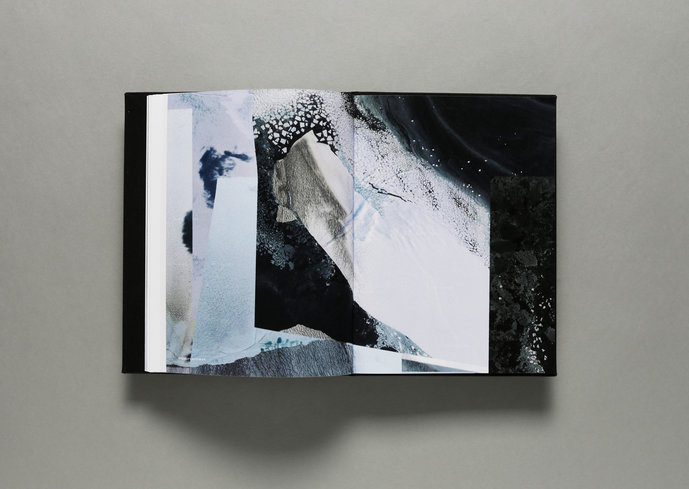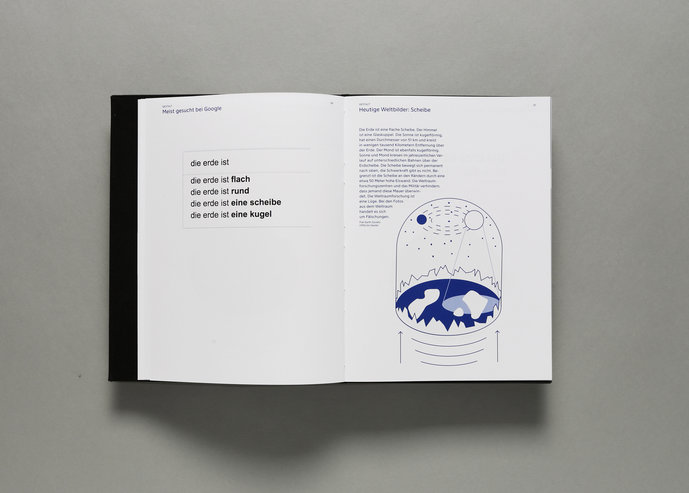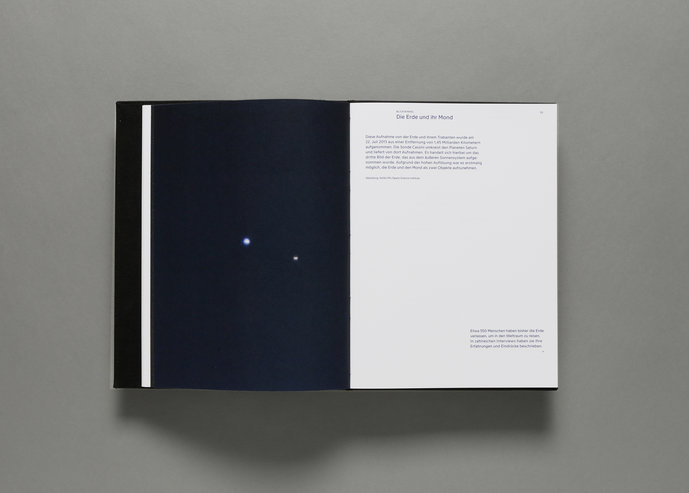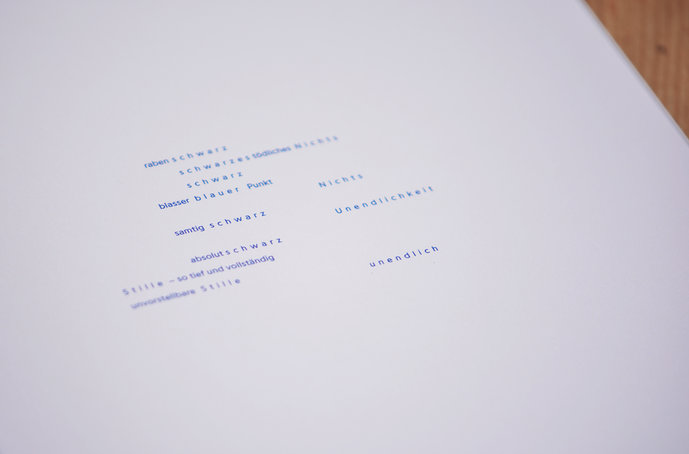

© Eike Stander


© Eike Stander


© Eike Stander


© Eike Stander


© Eike Stander


© Eike Stander
„[The Overview-Effect is] the profound and extensive effect, that the view of our planet earth triggers in the viewer, their psyche, their consciousness, their overall thinking and actions.“ (The Overview-Effect, Frank White)
The view of the earth from outer space leaves a lasting impression on many astronauts. They describe an increasing feeling of responsibility for the preservation of the earth and all its population. This effect can, according to White, also betriggered by photos of the earth from space, satellite images, reportages from astronauts or maps, in a reduced form. Today, there are many ways to visualize our planet, such as cartography, satellite images, Google Earth, International Space Station webcams, astronauts’ reports and many more. Amongst the flood of representations, we assure ourselves in our daily lives by holding on to standardized images of the world, unaccustomed to questioning them. How has the representation of the earth changed over the millennia? How does the method of representation skew the perception of the viewer? A reflection on our own perspectives should help us to become more conscious of the planet, and not to take it for granted. In her work “Erde, die; -n Plural selten”, Eike Stender creates a miniature overview-effect through the combination of different perspectives, in the form of a book. It should help to heighten the sensibility for our earth, and invite us to question our habitual views, engage with new perspectives and tore-discover the earth.
Tutors:
Prof. Urs Lehni, Prof. Rebecca Stephany